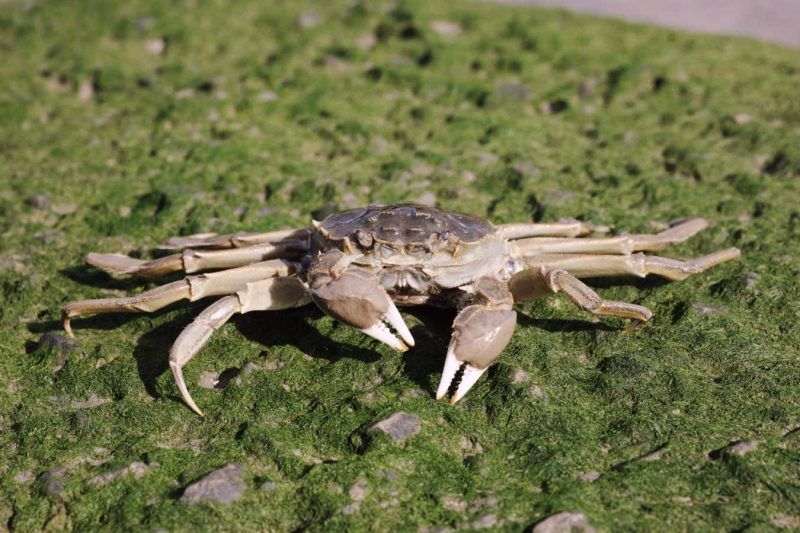Introduction
The population of Chinese mitten crabs in the UK is steadily increasing, and people have been urged to report sightings of this invasive species. Chinese mitten crabs, scientifically known as Eriocheir sinensis, are native to East Asia and are characterized by their furry, brown, mitten-like claws. They have spread across the world over the past century, causing significant environmental damage in freshwater habitats.
The Threat of Chinese Mitten Crabs
Chinese mitten crabs have the potential to cause havoc in the environment. Their burrowing activities can disrupt river beds and block waterways. They also pose a threat to fishing gear due to their sharp claws. Furthermore, there are concerns about their impact on the ecosystem, as they can consume fish eggs and compete with native species for resources.
The Presence of Chinese Mitten Crabs in the UK
The first sighting of Chinese mitten crabs in the UK dates back to 1935 in the river Thames. Since then, the species has become established in various water bodies across the country. Recently, there has been a surge in crab sightings in Cambridgeshire, raising further alarm.
To monitor and control the crab population, the Natural History Museum has launched the “Mitten Crab Watch,” where members of the public can submit their sightings. The UK Department for Food, Agriculture, and Rural Affairs is also encouraging reporting to aid in tracking the crabs and preventing the spread of their eggs.
The Rapid Reproduction of Chinese Mitten Crabs
The population of Chinese mitten crabs is on the rise due to their unique reproductive behavior. Adult females have the ability to produce multiple spawnings of eggs after migrating downstream. Each spawning can result in the release of 500,000 to 1 million eggs, significantly contributing to the growth of their population.
Efforts to Address the Invasion
In an attempt to control the increasing population of Chinese mitten crabs in the UK, several organizations have collaborated. The Lincolnshire Wildlife Trust, the Welland and Deepings Internal Drainage Board, and the Natural History Museum have installed the first permanent crab trap in Pode Hole, Lincolnshire. This initiative aims to reduce the number of crabs and mitigate their negative impact on the environment.








